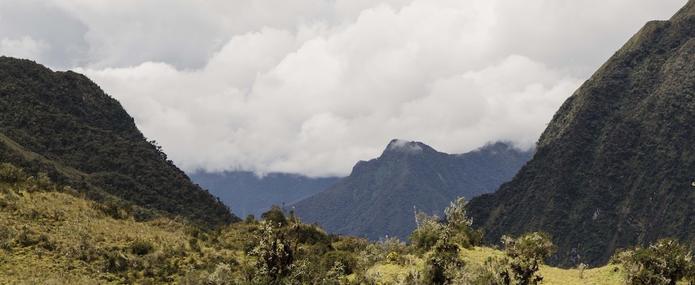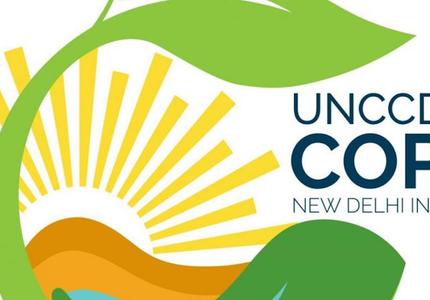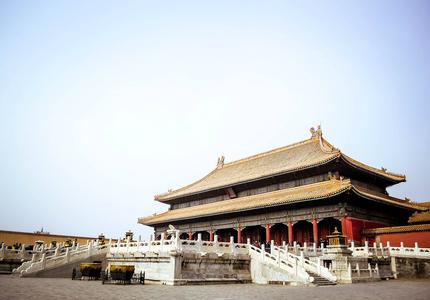“The Amazon, a global common good”, ran the title of Le Monde on 24 August 2019,1 with the editorial setting this desirable status against the sovereignty claimed by Brazil. But what could this status be and how could it be made compatible with respect for the sovereignty of the Amazon countries?
Almost 30 years on, this recalls the debate on the draft convention on forests driven by the United Kingdom and Germany at the initiative of the G7 ahead of the 1992 Rio Conference, and opposed at the time by Malaysia and India in the name of the “Group of 77 and China”. The project failed, and was eventually replaced by a declaration on forests qualified as “non-legally binding” in its very title,2 the content of which remains highly relevant today.3 How can we once again tackle the question of an international status for the Amazon in the absence of an international convention on forests—which, as positions stand, would have no chance of being relaunched—while taking account of current political sensitivities?
Overview of existing tools in international law
International law provides two key avenues: the first is to use international designation systems in the context of existing treaties or institutions; the second is to adopt a sui generis treaty covering the area in question.
The international designation system is now well established, with the Convention Concerning the Protection of the World Cultural and Natural Heritage (1972),4 the Network of Biosphere Reserves under the UNESCO-MAB Programme (1971),5 and the designation system for Wetlands of International Importance under the Ramsar Convention (1971).6
The UNESCO Convention immediately comes to mind as a potential response to the desire to give the Amazon global protected status: it has the advantage of its prestige, its political and moral force and its surveillance procedures known as “reactive monitoring”, which place the parties concerned under the scrutiny of others; and it maintains the property under the sovereignty of the state while creating management obligations for that state in line with its commitments for which it is accountable to the bodies of the convention. A list of endangered sites is also provided with a view to indicating threats facing a property inscribed. The convention thus strikes a balance between maintaining national sovereignty over a property of outstanding universal value and state accountability to the international community. Despite allowing the inscription of transboundary properties of a certain scope, no property as vast as the Amazon is yet included in the UNESCO list; the Amazon sites already inscribed in Brazil, Bolivia, Colombia, Peru and Venezuela,7 albeit vast, remain limited in relation to the immensity of the Amazon forest: 3% of a total of 6.7 million km2 (or almost 12 times the size of France). Though it is to be hoped that other properties will be inscribed, this cannot address the need to sustainably manage the Amazon forest as a whole.
Another international designation system, also managed by UNESCO, is the Man and the Biosphere Programme (MAB), which awards the “Biosphere Reserve” label to areas including terrestrial, marine and coastal ecosystems that foster solutions reconciling the conservation of biodiversity and its sustainable use. There are currently 701 biosphere reserves in 124 countries, including 21 transboundary sites. The philosophy of this programme, with its emphasis on the role of science and the participation of local populations, corresponds to what could be achieved in the Amazon, where several biosphere reserves have been designated. However, this programme suffers from a weak legal basis (no convention), a lack of political visibility and limited means of control. Once again, the development of biosphere reserves in the Amazon is to be encouraged, but it will not meet the need for a holistic and strategic approach to the management of the Amazon forest, unless a “new deal” is made within the MAB programme with a view to giving it far greater ambition than at present.
As it stands, the international designation system, in particular because it builds on areas that are already protected at the national level, can certainly be extended according to country initiatives for the protection of areas of outstanding value; but the way in which it currently operates means that alone, it is far from being able to address the challenges of the Amazon as a whole.
The other avenue for protection, largely used by the international community, is that of the adoption by the parties concerned of a sui generis international agreement. Such instruments exist for some major rivers (Danube, Rhine), large mountain areas, for example the Convention on the Protection of the Alps of 1991, seas and oceans (Mediterranean, Black Sea, South Pacific, Caribbean, etc.), and especially for the Antarctic.
The Antarctic Treaty (1959), accompanied in particular by its Protocol on Environmental Protection (Madrid, 1991) inspired by the work of Captain Cousteau, was originally signed by 12 “Consultative Parties”, and gradually extended to other concerned states. As indicated by Jean-Pierre Beurrier, “despite only covering a specific area […], it [the treaty] actually concerns the whole planet, and in fact states from all over the world are part of it”.8 Admittedly, the Antarctic is not an area under state sovereignty (states are party to the treaty through their scientific activity or because they were co-opted), but the treaty has established a comprehensive protection system and implemented mechanisms for the mutual inspection and verification of compliance with obligations. This treaty, along with regional conventions such as the Alpine Convention, can, through their mechanisms, inspire the Amazon countries, since this mode of intervention based on the initiative and cooperation of the countries concerned appears to be the most realistic given the current state of international governance.
Going beyond the sovereignty versus common good debate
In this context, moving away from sterile debates setting national sovereignty against a “global common good” seems essential.
Sovereignty over its natural resources does not mean the sovereign state has no obligations to other states or that it is exempted from complying with the international rules to which it agreed. For example, the coastal states have full sovereignty over their territorial waters, but they also have international obligations concerning the prevention of pollution in this marine area as well as the obligation to grant “innocent” passage to foreign vessels. Sovereignty always has limitations; it comes with obligations that the sovereign state must satisfy at the international level. This balanced approach is clearly expressed in the Rio Declaration and in the Convention on Biological Diversity (CBD), especially in its Article 3 on Principle.9
This approach can be applied to the Amazon. Under the influence of their scientific institutions, their local communities, their civil societies and their economic operators concerned by the image of the region, the countries of the Amazon can take the initiative to adopt a protection treaty for which they will be accountable to one another and to the rest of the world, a treaty that should be inspired by the best legal and governance technologies available within existing instruments. But it will be necessary to avoid external interventions that could provide a pretext for hardening sovereignist positions. The Economic Commission for Latin America and the Caribbean (ECLAC) would certainly have a role to play in this respect, as a regional structure of the United Nations, in order to promote the necessary initiatives. This may require time and civil society in the countries concerned must continue its mobilisation. The Pact adopted in Leticia (Colombia) on 6 September 2019 further to a meeting of the leaders of seven Amazon countries shows that some countries are willing to take initiatives, even if these are still too limited.10
- 2Non-legally binding authoritative statement of principles for a global consensus on the management, conservation and sustainable development of all types of forests (see https://publications.rzsnsw.org.au/doi/pdf/10.7882/AZ.1992.019)
- 3See The New Scientist, N° 1826, 20 June 1992, “Third World Fends off Controls on Forests”.
- 4https://whc.unesco.org/en/conventiontext/
- 5http://www.unesco.org/new/en/natural-sciences/environment/ecological-sciences/man-and-biosphere-programme/
- 6https://www.ramsar.org/about/the-ramsar-convention-and-its-mission
- 7In particular: the Central Amazon Conservation Complex in Brazil (5 million ha), the Canaïma National Park in Venezuela (3 million ha), the Chiribiquete National Park in Colombia (2.7 million ha partly in the Amazon), the Noël Kempff Mercado National Park in Bolivia (1.5 million ha), and the Manú National Park in Peru (1.7 million ha).
- 8Beurrier, J.-P. (2017), Droit international de l'environnement, Éditions Pedone, Paris
- 9https://www.cbd.int/doc/legal/cbd-en.pdf
- 10https://www.courrierinternational.com/article/amerique-latine-sept-pays-reunis-en-sommet-sur-lamazonie-signent-le-pacte-de-leticia





